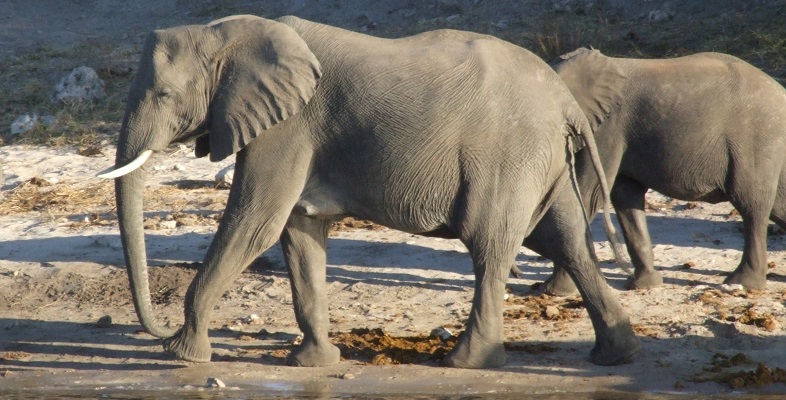6.1 Warm-blooded vs cold-blooded
The processes of regulating the internal temperature in mammals contrast sharply with that of other animals, except birds, and a few others. Heat energy liberated during metabolism enables mammals to maintain a stable body temperature and occupy habitats where the external temperature may vary over a large range.
Reptiles get much of their energy directly from the sun as warmth, but when the sunlight fades at dusk the body temperature of a reptile falls and it becomes sluggish, lacking the energy to move. Very early in their history, mammals developed the remarkable ability to generate heat within their bodies by driving their metabolism at a much higher rate. As a consequence, it was necessary to feed more often in order to supply the extra fuel needed to maintain the high body temperature. Physiological processes that limited heat loss evolved.
Activity 3
Make a list of some benefits of ‘warm-bloodedness’ to mammals and some of the implications of this strategy.
Discussion
Mammals are no longer at the mercy of the environment; by contrast, the body temperature of most reptiles, for example, is closely linked to outside temperatures. Thus the arctic fox which you met in the introduction (Figure 1) remains warm and active in very cold conditions. But being warm-blooded has a high energetic cost. In mammals, as much as 80-90% of the energy obtained from their food is needed to maintain body temperature.
The distinction between ‘warm and cold blooded’ animals is a shorthand that is useful in distinguishing between mammals and other animals, but it does not apply universally. Non-mammals can generate body heat, for example a python and some species of fish, such as tuna. A reptile basking in the sun can become as warm to the touch as a mammal and its lethal temperature may be higher than that of many mammals. If you’ve encountered a mammal during hibernation – perhaps a cautious investigation of a hedgehog – you’ll probably have found it surprisingly cold to the touch. So in describing what’s special about the body temperature of mammals, cold-blooded and warm-blooded are terms best avoided.
